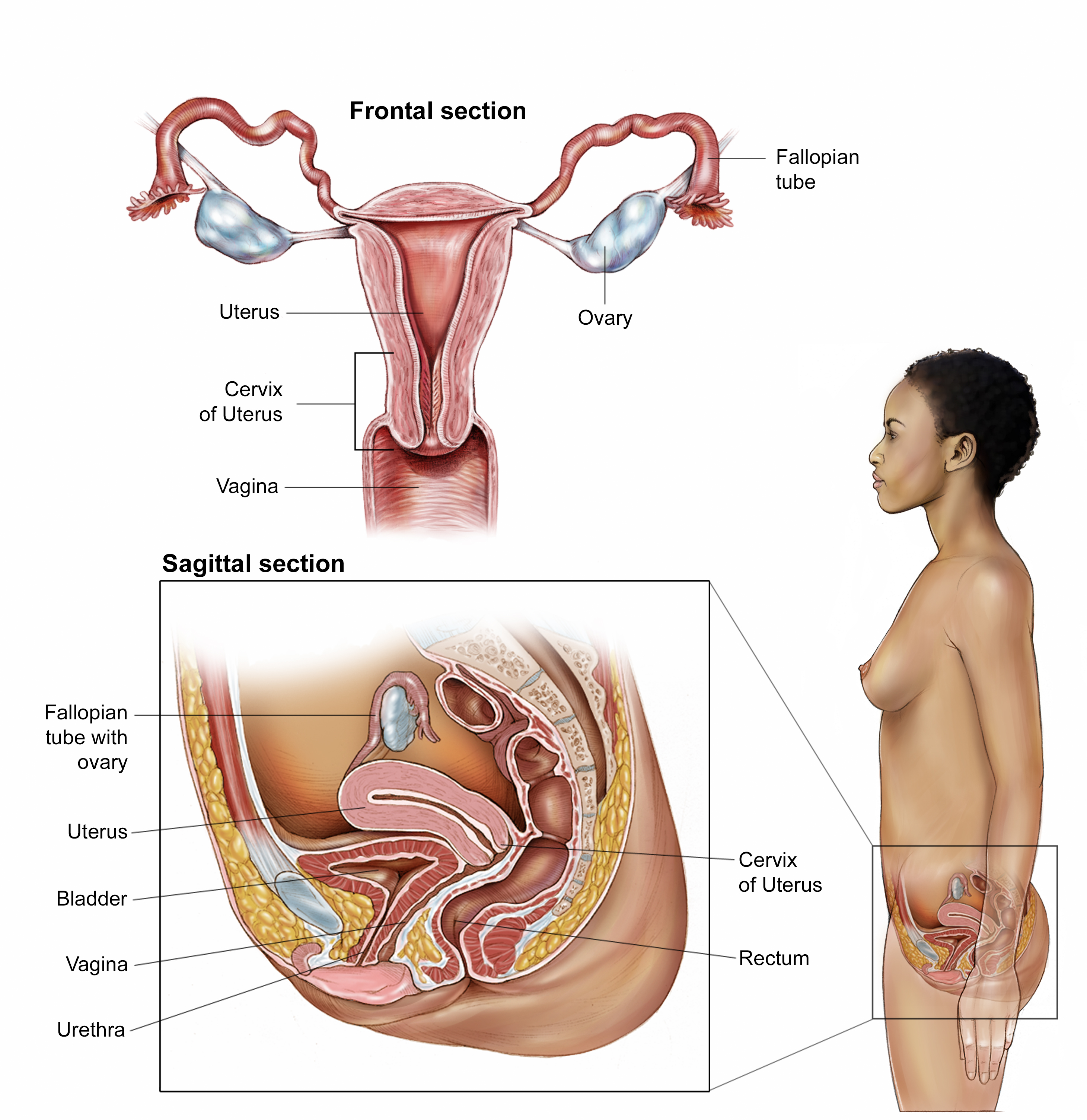Cervical Cancer - Medical Illustrations
ON THIS PAGE: You will find a drawing of the main body parts affected by cervical cancer. Use the menu to see other pages.

ON THIS PAGE: You will find a drawing of the main body parts affected by cervical cancer. Use the menu to see other pages.

ON THIS PAGE: You will find information about the estimated number of people who will be diagnosed with cervical cancer each year. You will also read general information on surviving the disease. Remember, survival rates depend on several factors, and no 2 people with cancer are the same. Use the menu to see other pages.
ON THIS PAGE: You will find some basic information about cervical cancer and the parts of the body it may affect. This is the first page of Cancer.Net’s Guide to Cervical Cancer. Use the menu to see other pages. Think of that menu as a roadmap for this entire guide.
The cervix is the lower, narrow part of the uterus in the female reproductive system. The uterus holds a growing fetus during pregnancy. The cervix connects the lower part of the uterus to the vagina and, with the vagina, forms the birth canal.
ON THIS PAGE: You will find out more about the factors that increase the chance of developing vulvar cancer. Use the menu to see other pages.
ON THIS PAGE: You will read about your medical care after cancer treatment is completed and why this follow-up care is important. Use the menu to see other pages.
Care for people diagnosed with a cancer related to human immunodeficiency virus (HIV) and acquired immune deficiency syndrome (AIDS) does not end when active treatment has finished. Your health care team will continue to check that the cancer has not come back, manage any side effects, and monitor your overall health. This is called follow-up care.
ON THIS PAGE: You will read about the scientific research being done to learn more about cancers related to human immunodeficiency virus (HIV) and acquired immune deficiency syndrome (AIDS) and how to treat them. Use the menu to see other pages.
ON THIS PAGE: You will learn about how doctors describe the growth or spread of a cancer related to human immunodeficiency virus (HIV) and acquired immune deficiency syndrome (AIDS). This is called the stage. Use the menu to see other pages.
READ MORE BELOW:
ON THIS PAGE: You will find a list of common tests, procedures, and scans that doctors use to find the cause of a medical problem. Use the menu to see other pages.
Doctors use many tests to find, or diagnose, cancer. They also do tests to learn if cancer has spread to another part of the body from where it started. If the cancer has spread, it is called metastasis. Doctors may also do tests to learn which treatments could work best.
ON THIS PAGE: You will find out more about the changes and medical problems that can be a sign of cancer related to human immunodeficiency virus (HIV) and acquired immune deficiency syndrome (AIDS). Use the menu to see other pages.
ON THIS PAGE: You will find out more about the factors that increase the chance of developing a cancer related to human immunodeficiency virus (HIV) and acquired immune deficiency syndrome (AIDS). Use the menu to see other pages.